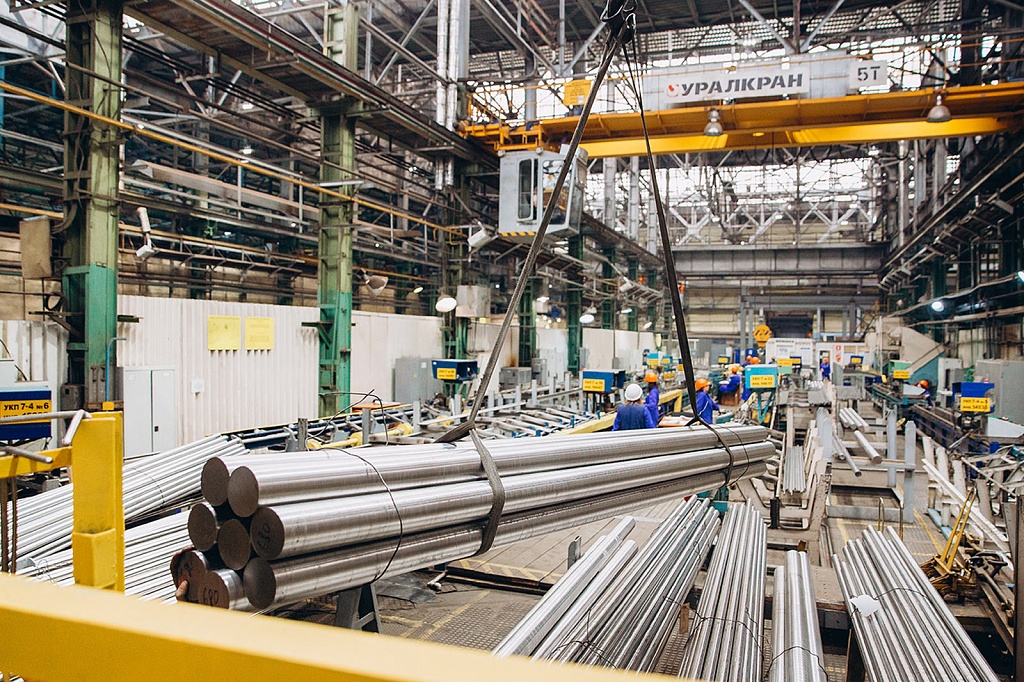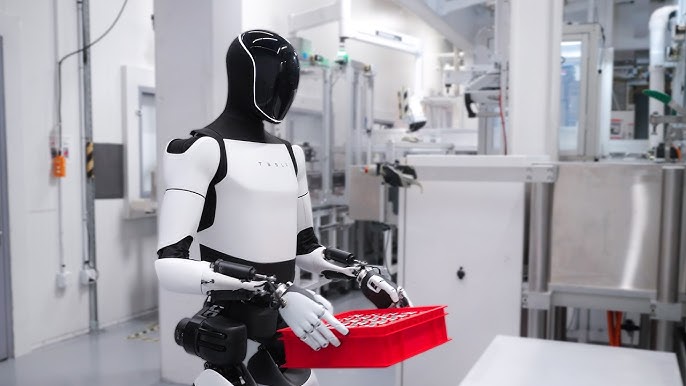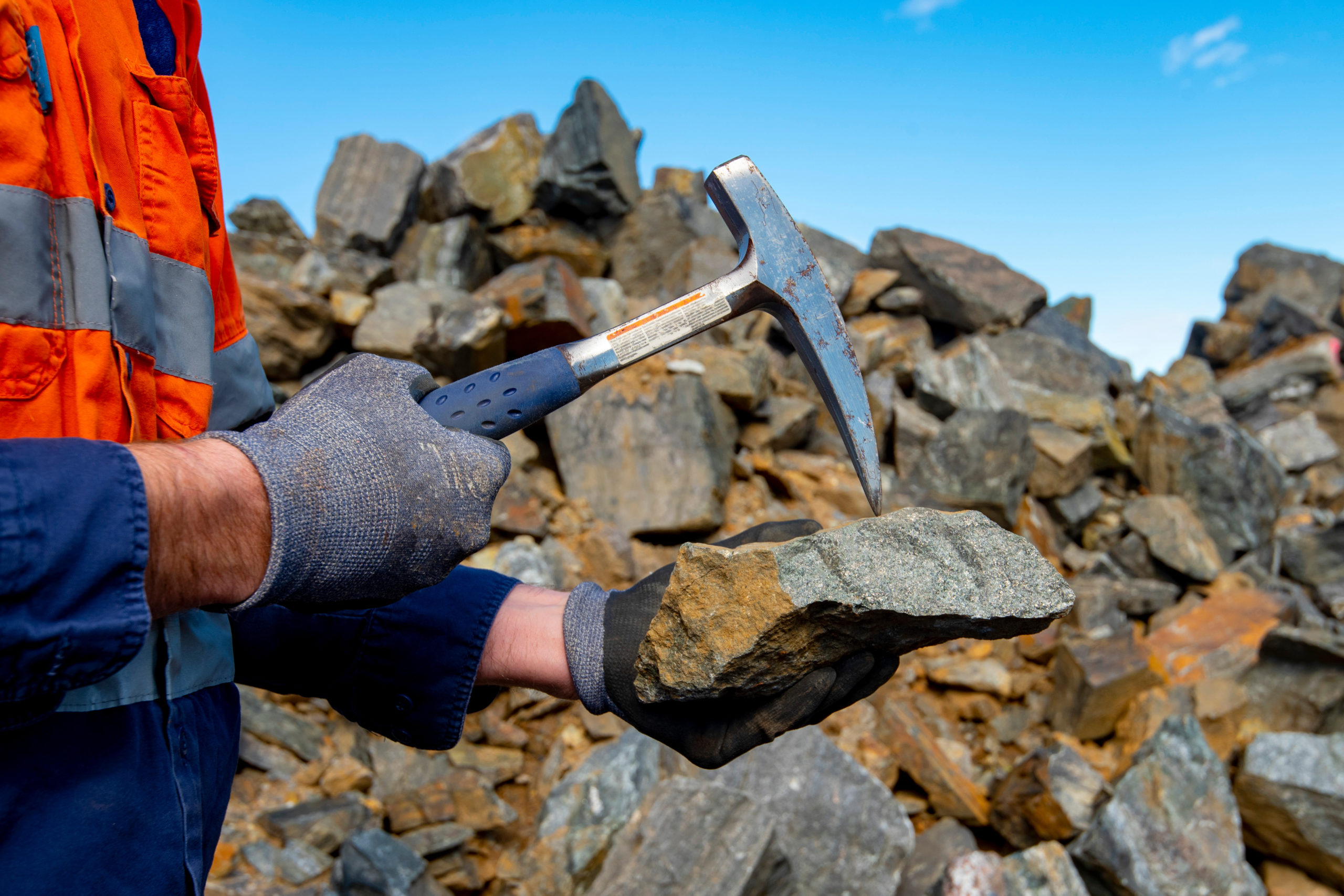Column: Europe struggles to break Russia’s titanium grip

Fans of Apple’s titanium-cased iPhones can breathe easy.
Russian president Vladimir Putin’s suggestion that Moscow should cap exports of titanium in retaliation for Western sanctions won’t force Apple to revert to stainless steel casing as its main supplier is China.
European policymakers, however, should be worried.
The bloc’s aerospace sector is still dependent on imports of Russian titanium produced by VSMPO-AVISMA, the world’s largest integrated producer.
Europe has banned or restricted imports of other Russian metals but not titanium.
When Canada imposed sanctions on VSMPO-AVISMA in February, French President Emmanuel Macron intervened personally to persuade Canadian Prime Minister Justin Trudeau to grant Airbus and other aerospace firms waivers. He did.
Europe’s problem is that even if it can extricate itself from the arms of its Russian supplier, it risks swapping one dependency for another.
The right stuff
Airplane makers such as Airbus and Boeing value titanium for exactly the same reason Apple has chosen it for both the 15 and 16 Pro series iPhones.
It is lightweight, incredibly strong, has a high melting point and is corrosion resistant.
Titanium in alloy form has become one of the major manufacturing inputs for the aerospace sector, used in engines, landing gear and fuselage.
The purity standards for such applications must be very high.
Titanium ore is abundant in the form of rutile and ilmenite but very little is of sufficiently high quality to make it suitable for processing into aviation-grade sponge – an intermediate product in the metal’s processing chain – and then aerospace alloy.
That’s why titanium metal is considered a critical raw material, while titanium ore is not.
Moreover, supply of aerospace-grade titanium is further limited because providers must have their product accredited by airplane makers.
Even a paperwork issue can create serious ripples in the supply chain. Boeing is asking suppliers for a 10-year paper trail of their titanium purchases after discovering that some parts may have come with falsified documentation.
The number of titanium sponge producers that can meet these high standards is limited to a handful of Japanese and Kazakh companies. And, of course, VSMPO-AVISMA.
Indeed, the Russian company, which is unique in processing ore all the way through to alloy, is thought to have supplied up to a third of the global aviation sector prior to the 2022 invasion of Ukraine.
Europe’s dependency
Europe was the top destination for Russian exports of titanium products in 2019, accounting for 45% of total export value, according to a European Commission briefing note.
In turn, Russian metal, mostly in the form of wrought alloy products for the aviation sector, accounted for 16% of European Union imports that year, the Commission added.
The European supply chain has been trying to wean itself off Russian titanium but the reaction to Canadian sanctions is proof that the dependency is still there.
Europe’s problem is that it has no domestic titanium sponge production, limited ingot capacity and virtually no recycling facilities.
Even though Ukraine could be a potential future supplier of sponge, Europe doesn’t have any way to process it all.
The United States has also been almost wholly dependent on sponge imports since the 2020 closure of TIMET Corp’s Henderson plant in Nevada.
But it boasts a dominant position in the mid-value part of the aerospace titanium chain, mixing imports of Japanese sponge with domestic scrap to produce ingots and transform them into wrought products, according to a July research paper published by think tank Chatham House.
Indeed, US processing capacity is expanding with the arrival of new players such as IperionX, which is aiming to ramp up output at its new titanium recycling plant in Virginia to 10,000 metric tons per year.
Breaking the transatlantic loop
The irony for European policymakers is that European scrap is a significant source of US titanium production.
Nearly 70% of Europe’s titanium scrap goes to the United States, according to the research paper’s authors.
Europe’s recycling loop is transatlantic rather than domestic thanks to buy-back agreements which oblige European machine parts manufacturers to return fabrication scrap to their US suppliers.
This, the policy paper argues, locks Europe into “an asymmetric relationship” with US suppliers. That in turn disincentivizes investments in domestic recycling capacity, “in effect deepening the problem of European strategic dependency on both Russia and the United States”.
Does it matter if Europe is dependent on “friend-shoring” for its titanium sector?
Yes. The European Union Critical Raw Materials Act, which came into force in May this year, stipulates that by 2030 domestic extraction should account for 10% of the block’s annual consumption, processing 40% and recycling 25%.
Europe is not even close to any of those targets when it comes to titanium.
While Ukraine’s titanium sponge production could be integrated into the European supply chain, it’s highly uncertain how quickly that could happen.
The better short-term solution is to re-shore scrap processing, the authors of the Chatham House report argue.
This, however, is going to be a difficult balancing act between the interests of European aerospace companies and the leverage of US suppliers in the context of a limited domestic recycling base.
The policy paper calls for government-level talks to renegotiate the current titanium buy-back agreements coupled with a joint agreement on future cooperation, similar to the 2021 deal that ended the long-running dispute between Boeing and Airbus.
But, ultimately, breaking the transatlantic dependency loop is a challenge for the future. Loosening VSMPO-AVISMA’s chokehold on strategically-important titanium products is the more pressing concern.
(The opinions expressed here are those of the author, Andy Home, a columnist for Reuters.)
(Editing by Kirsten Donovan)
More News
{{ commodity.name }}
{{ post.title }}
{{ post.date }}



Comments